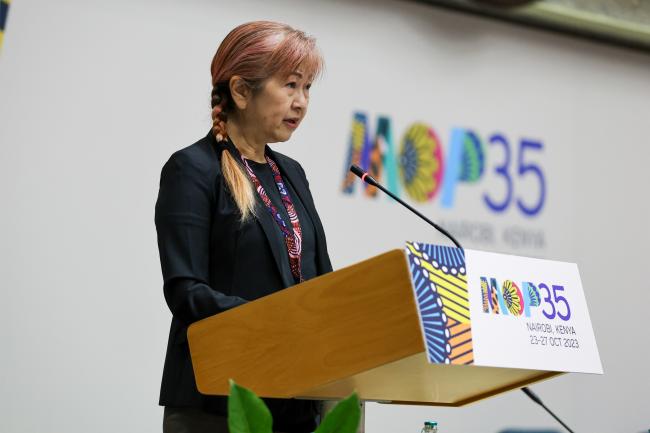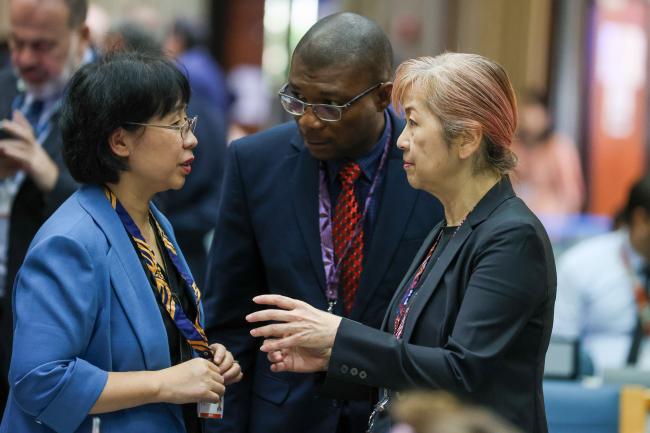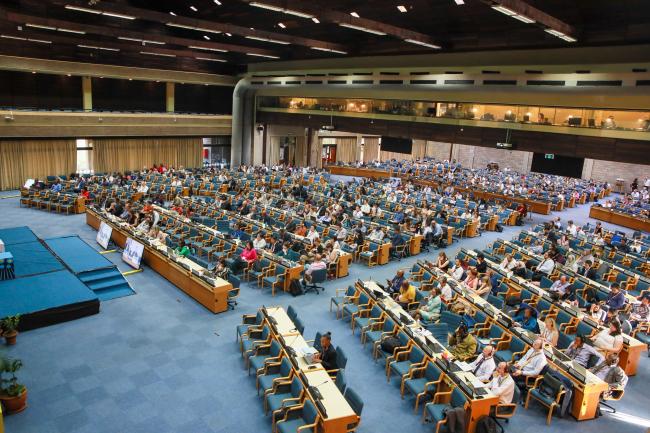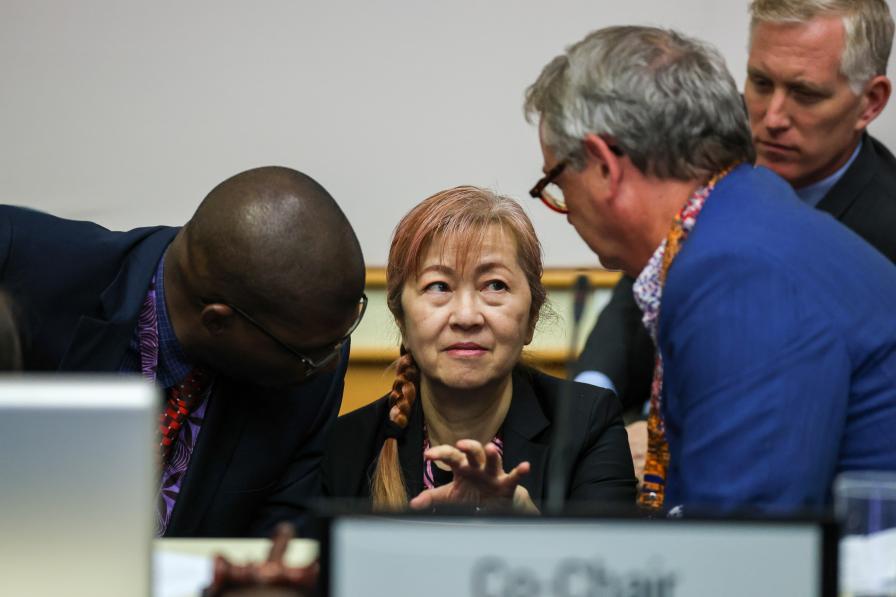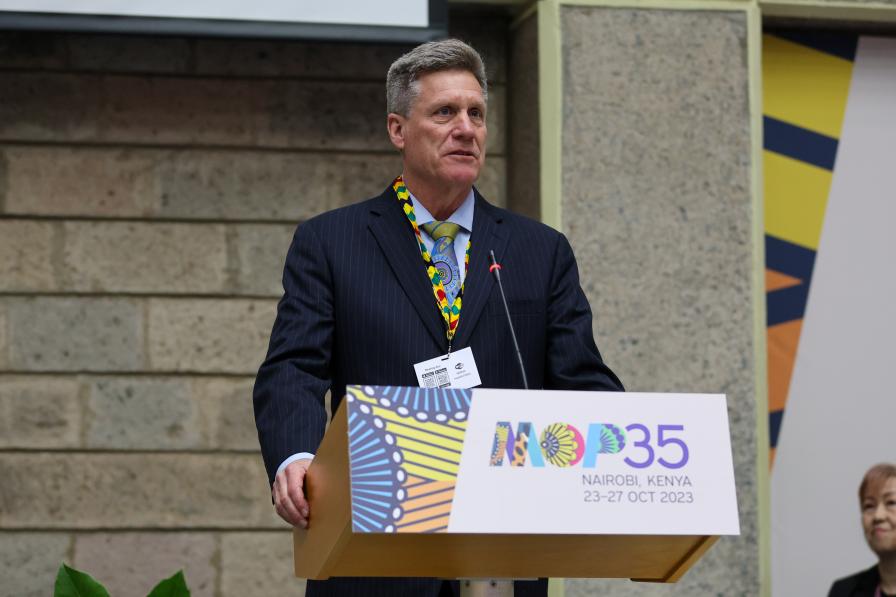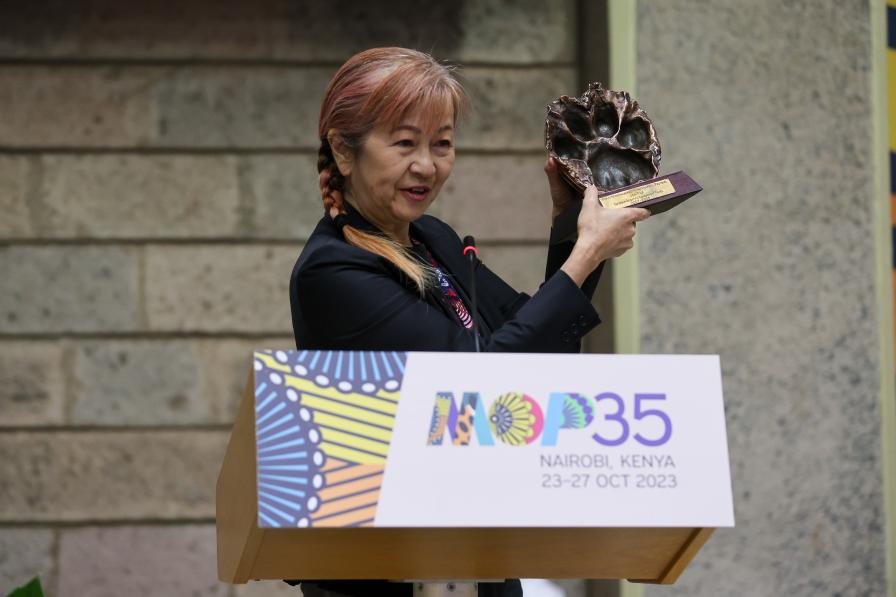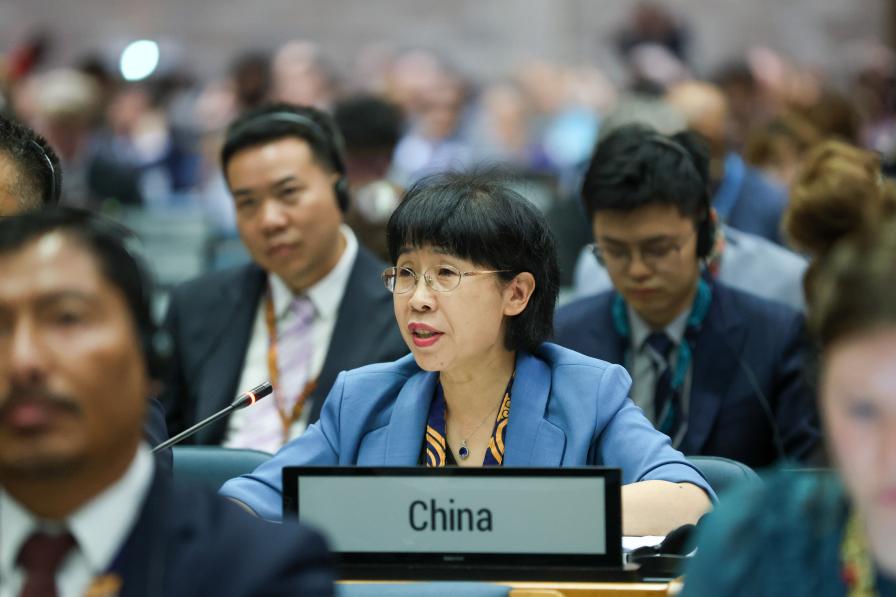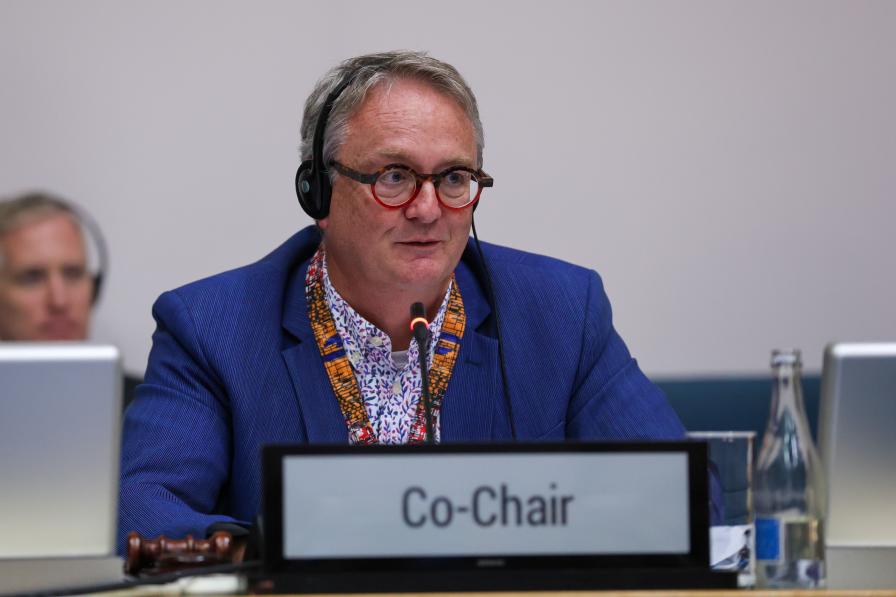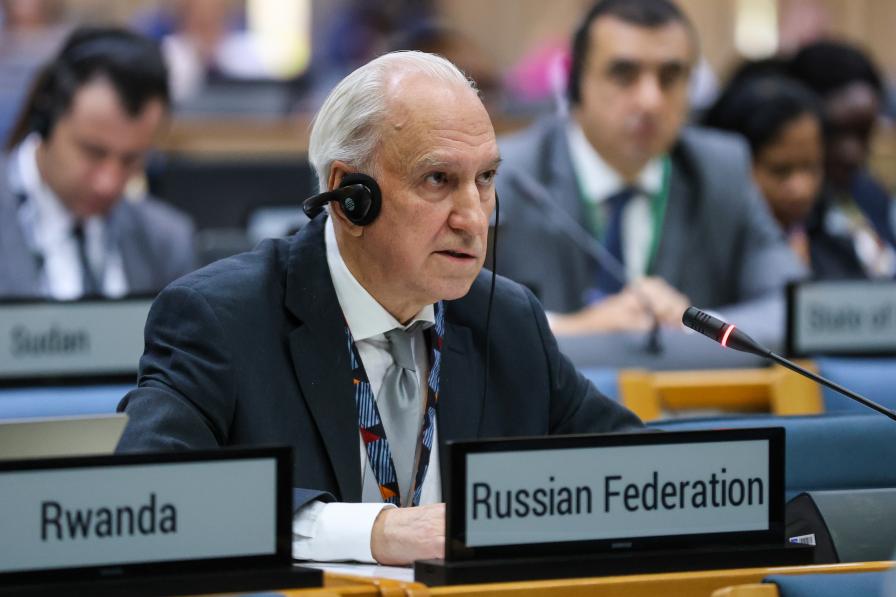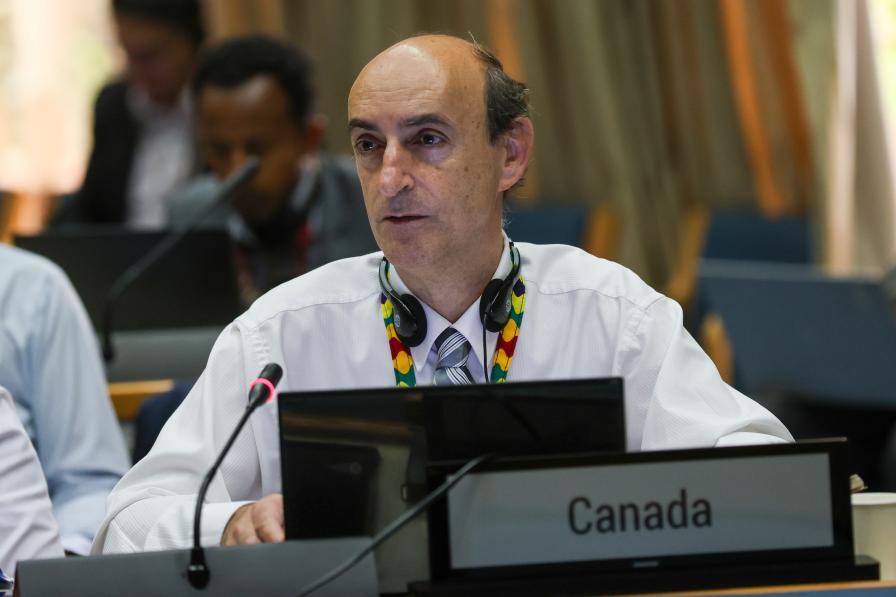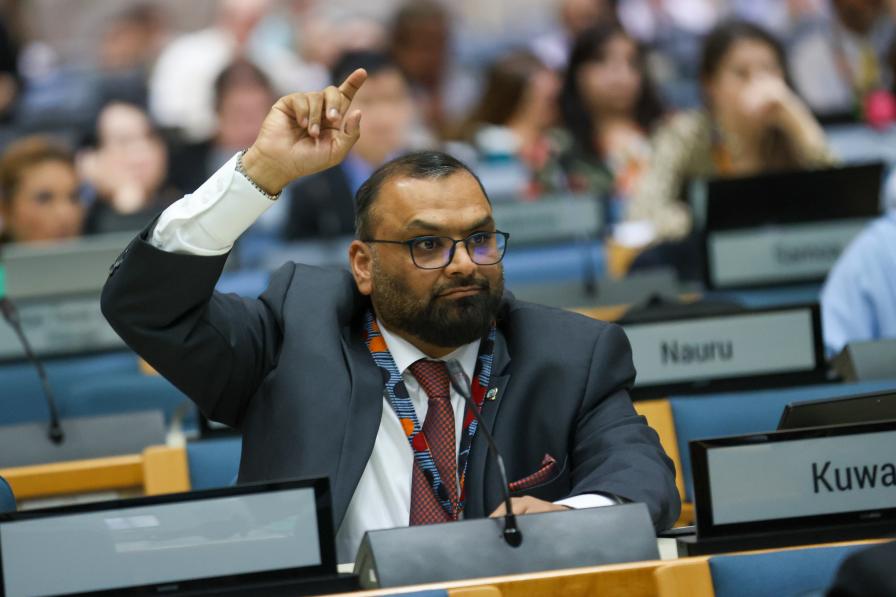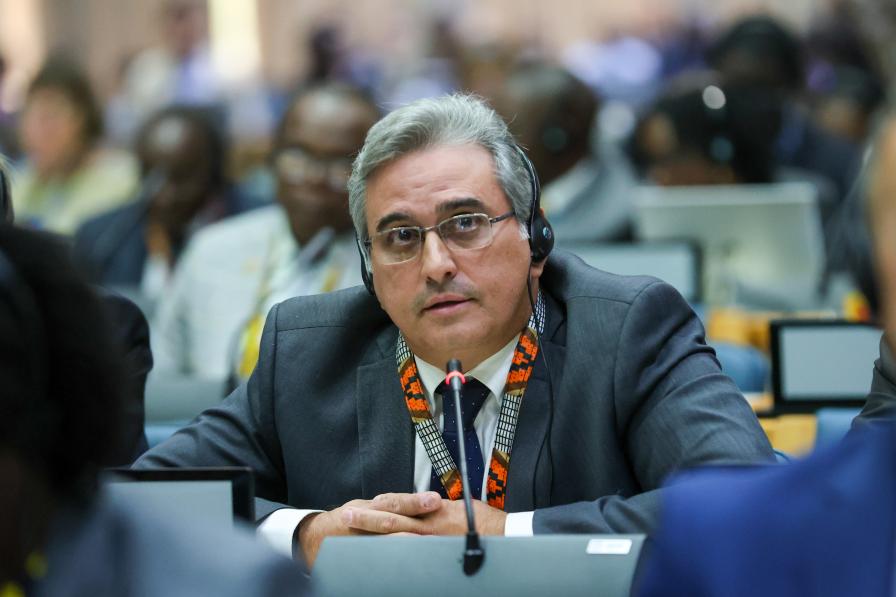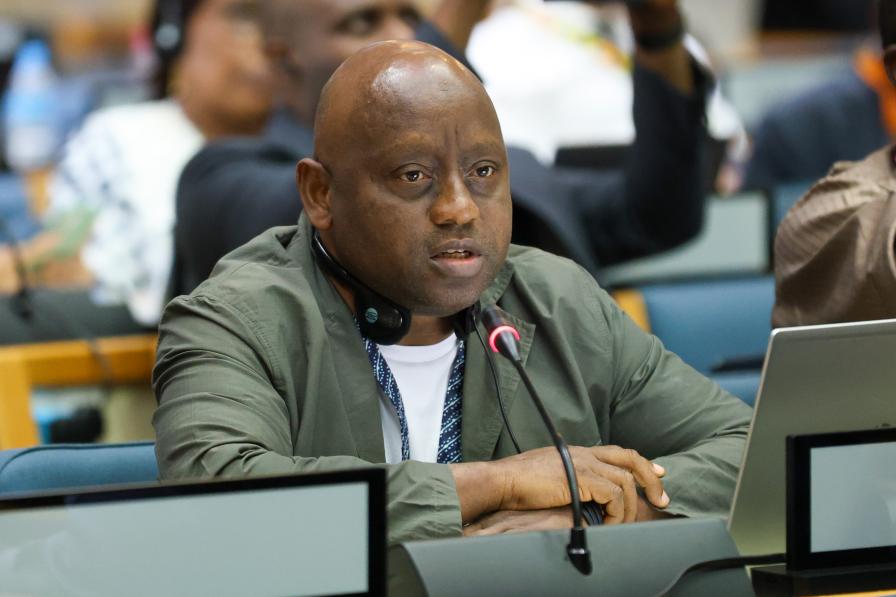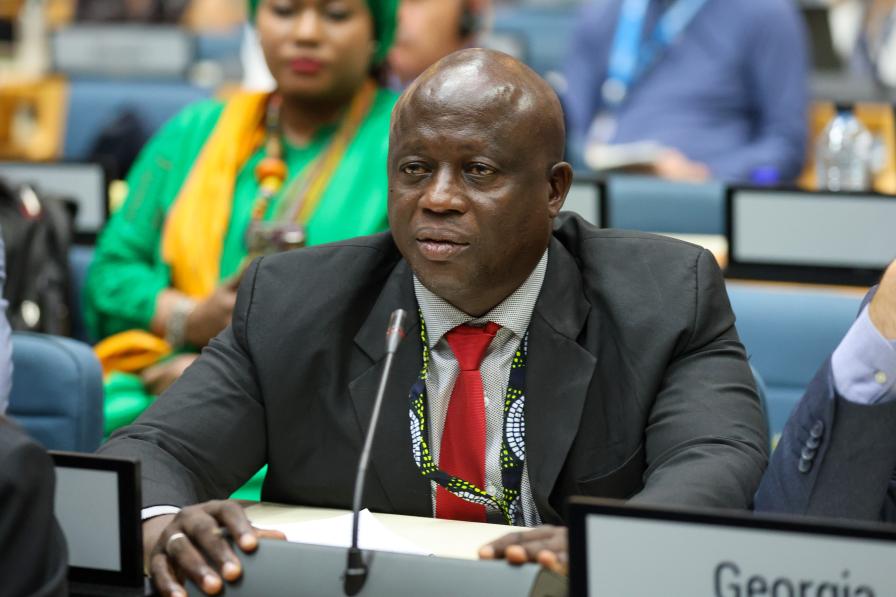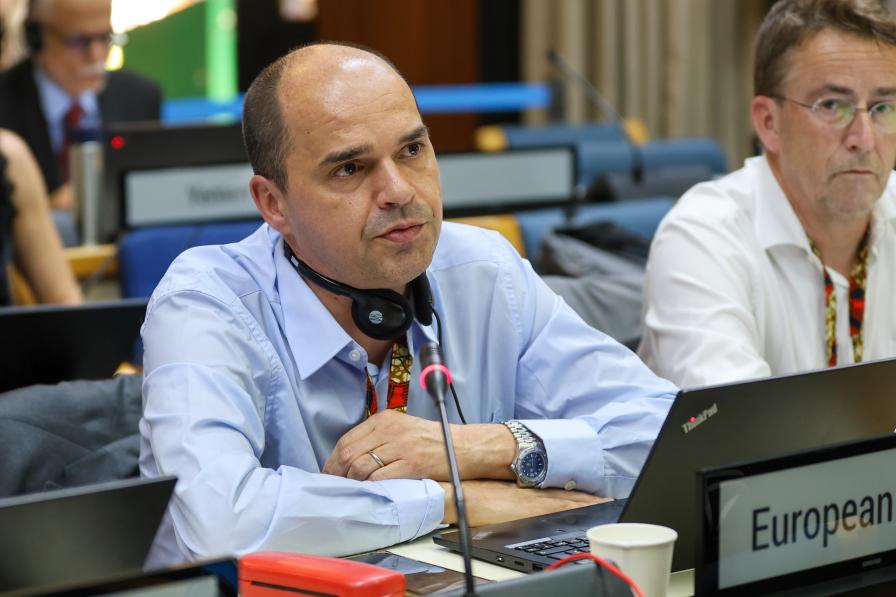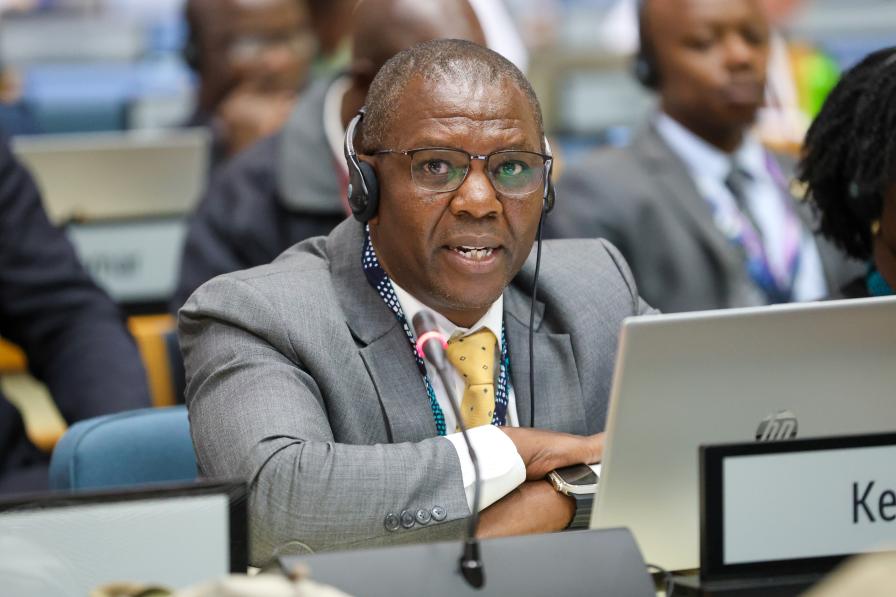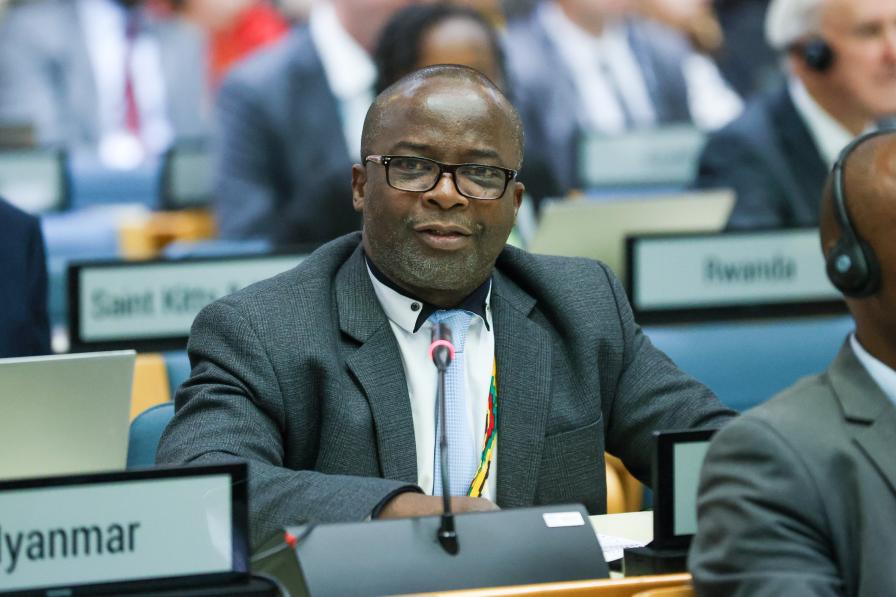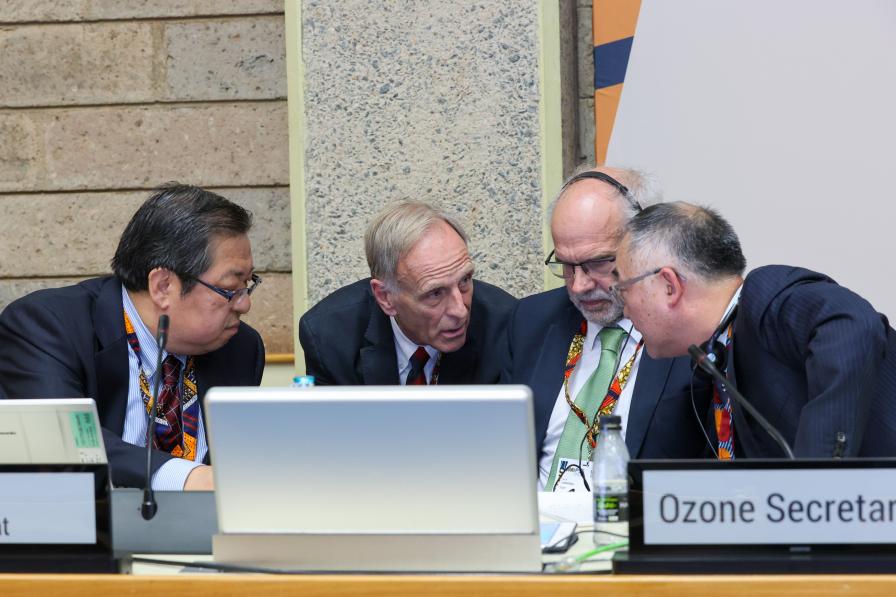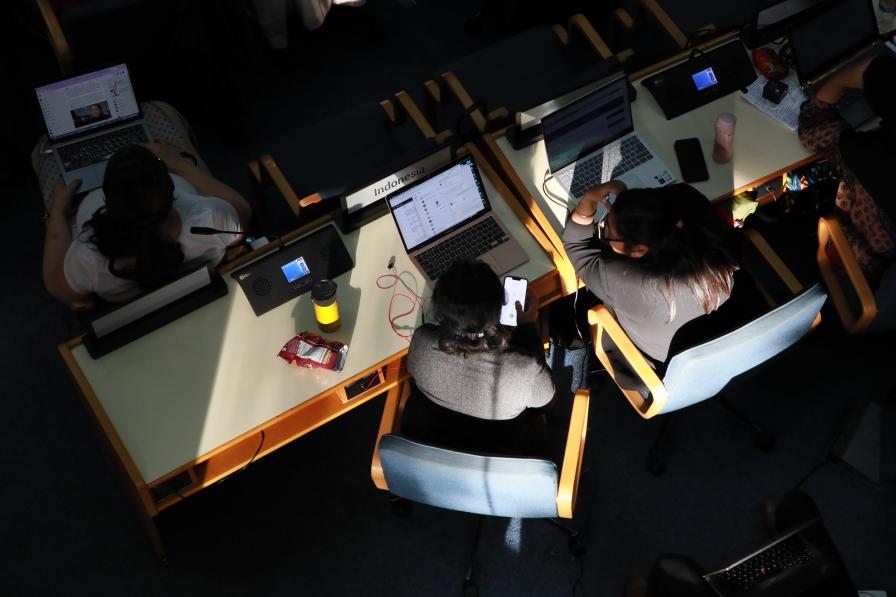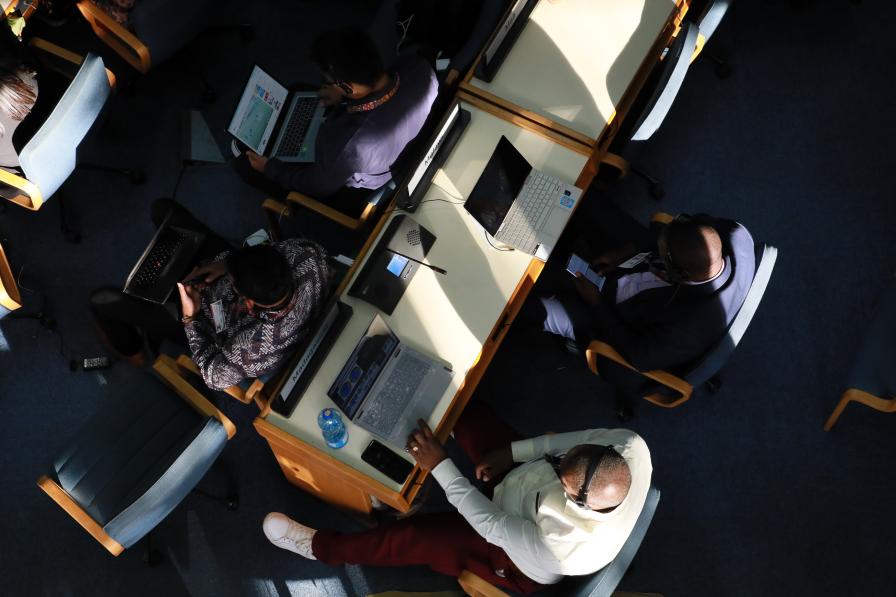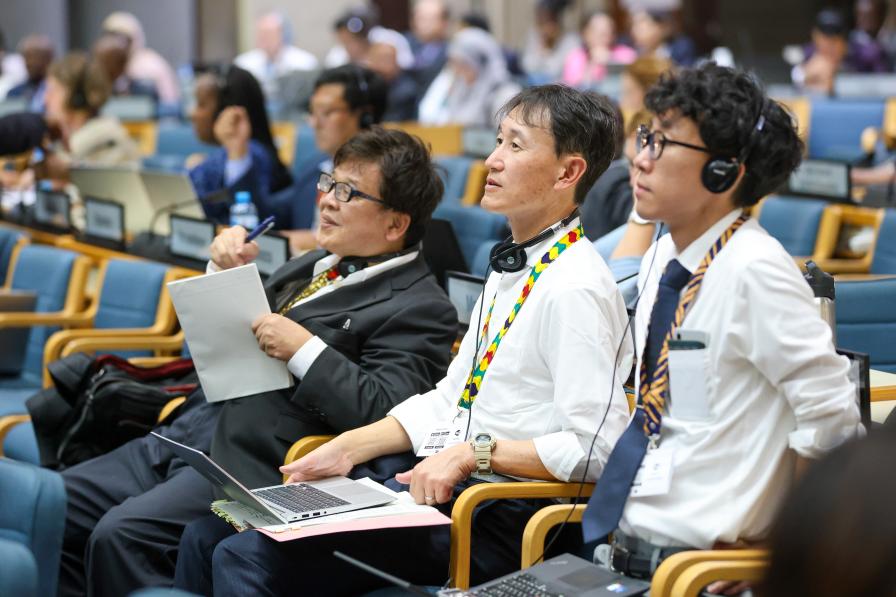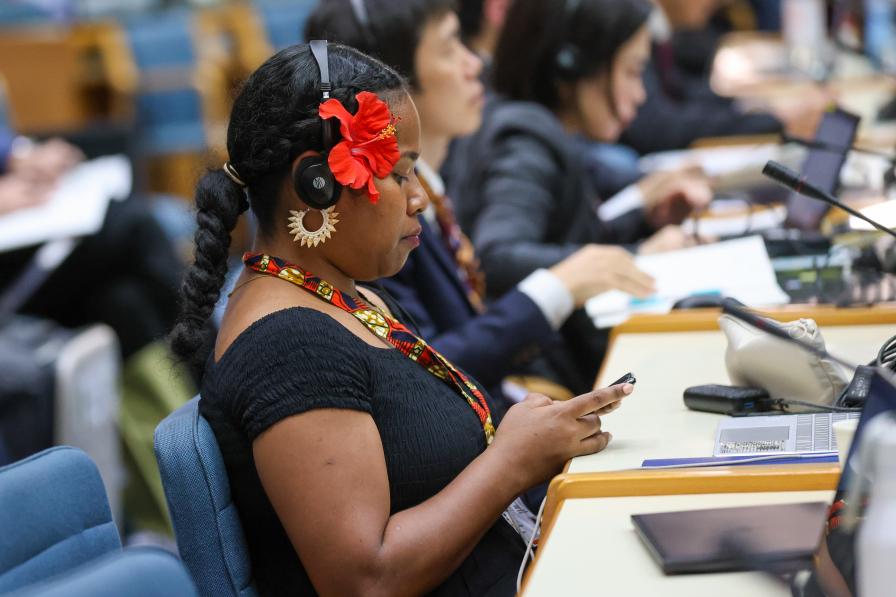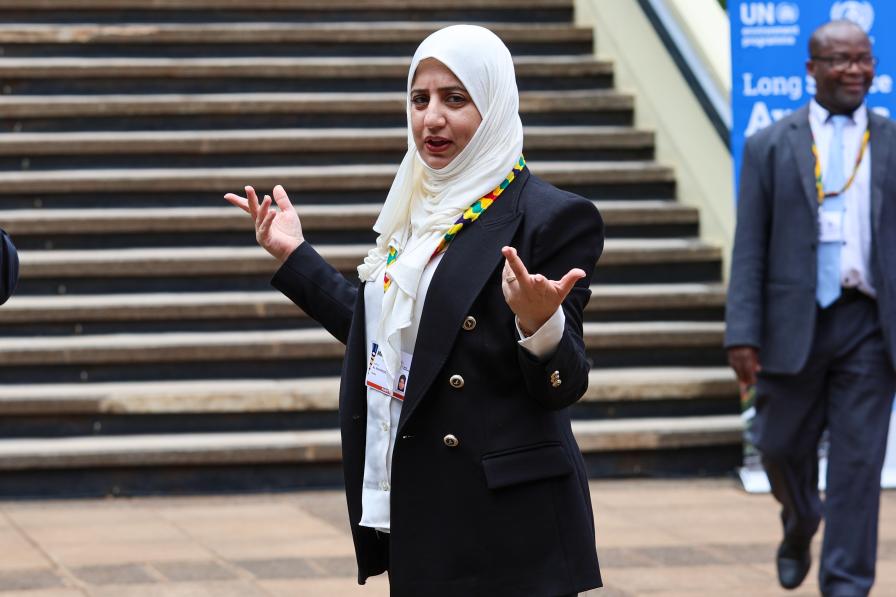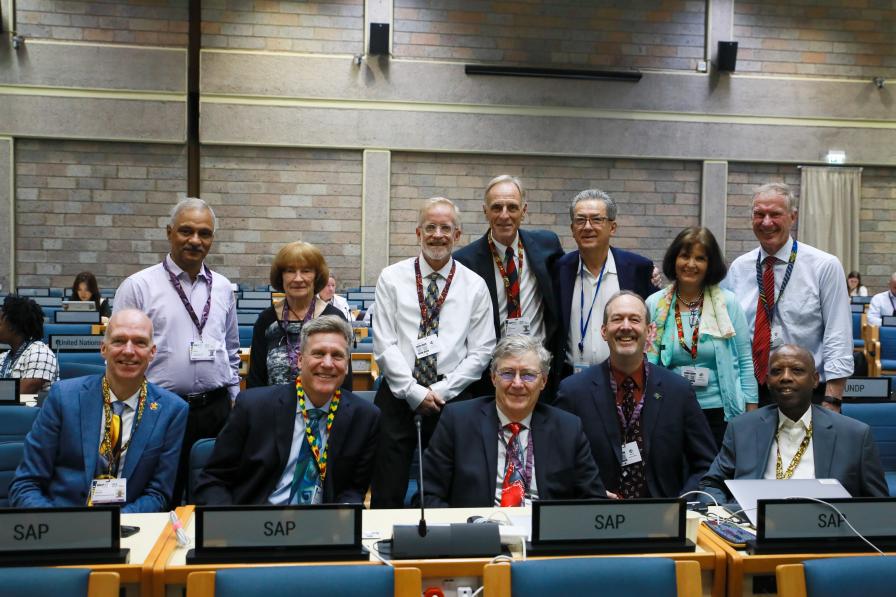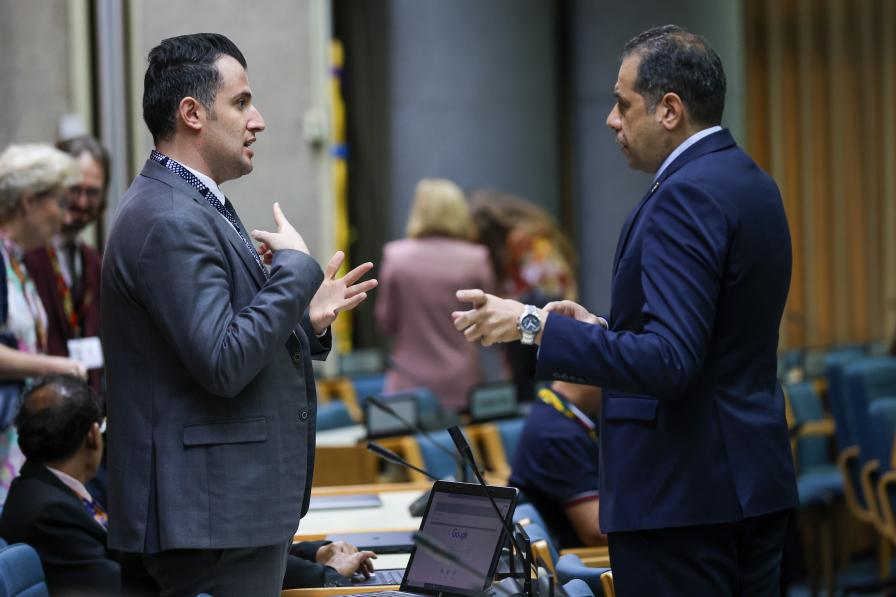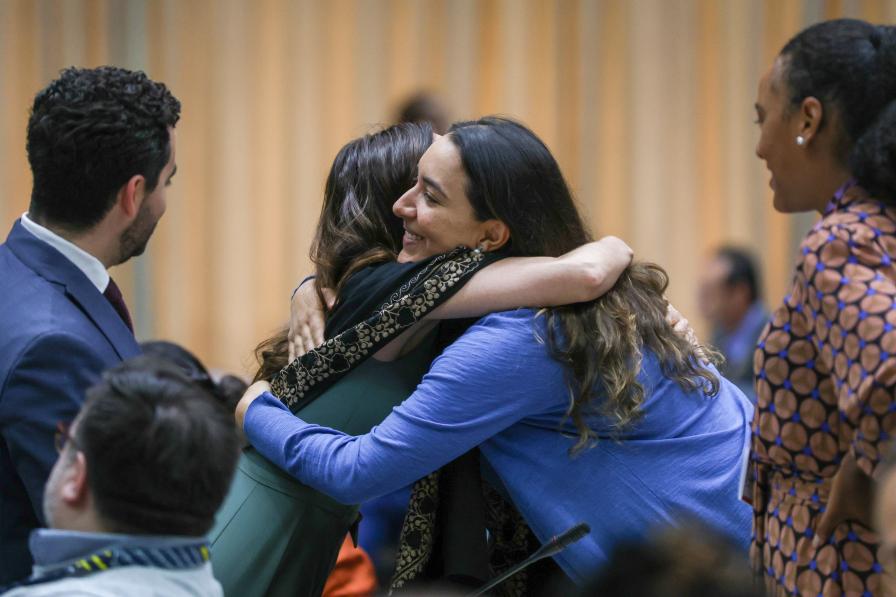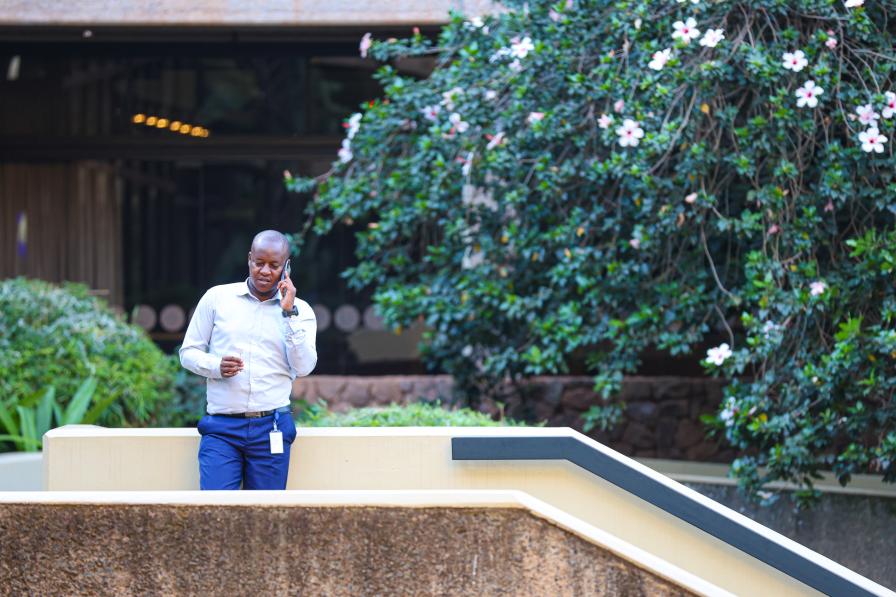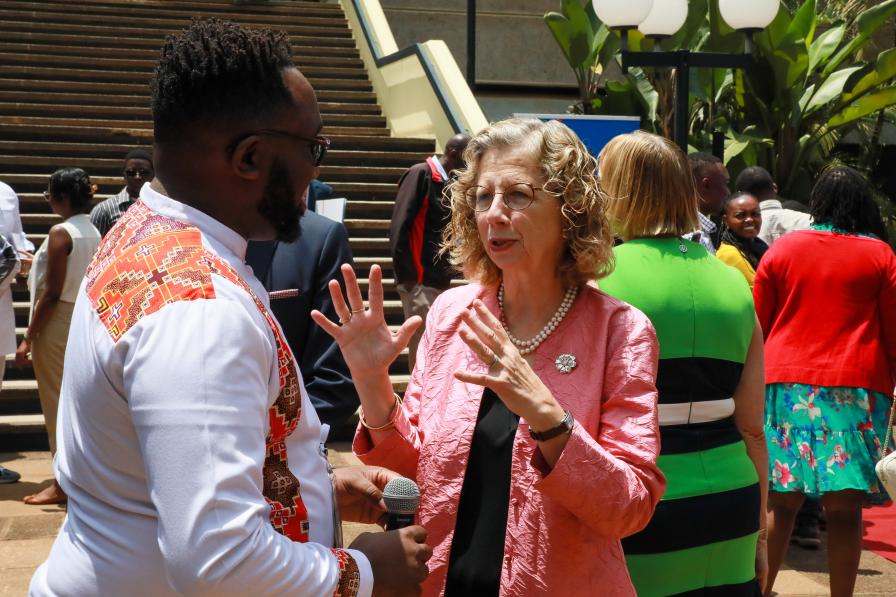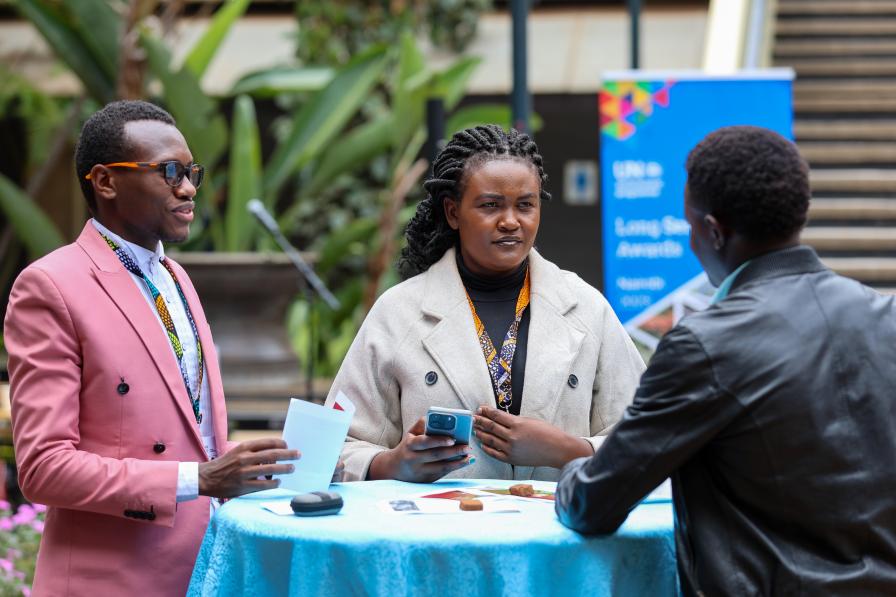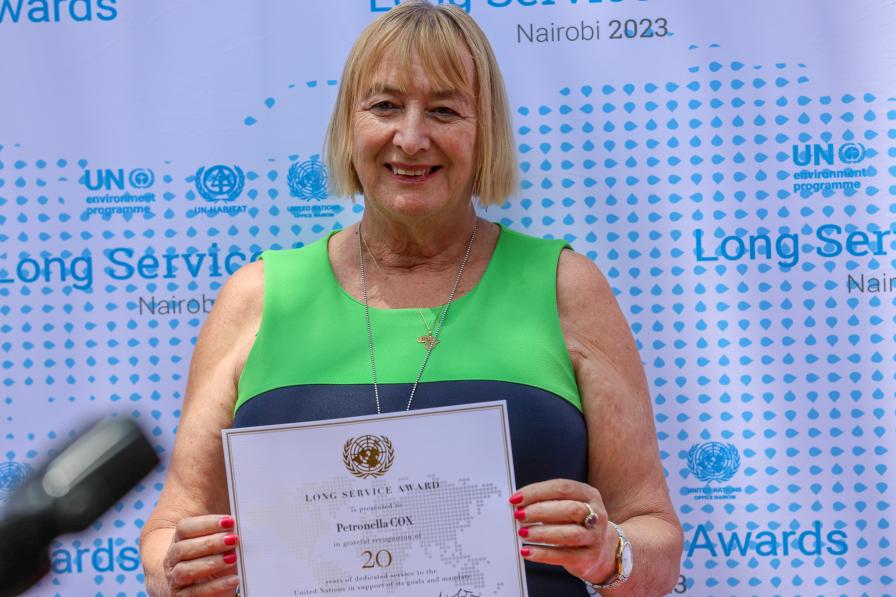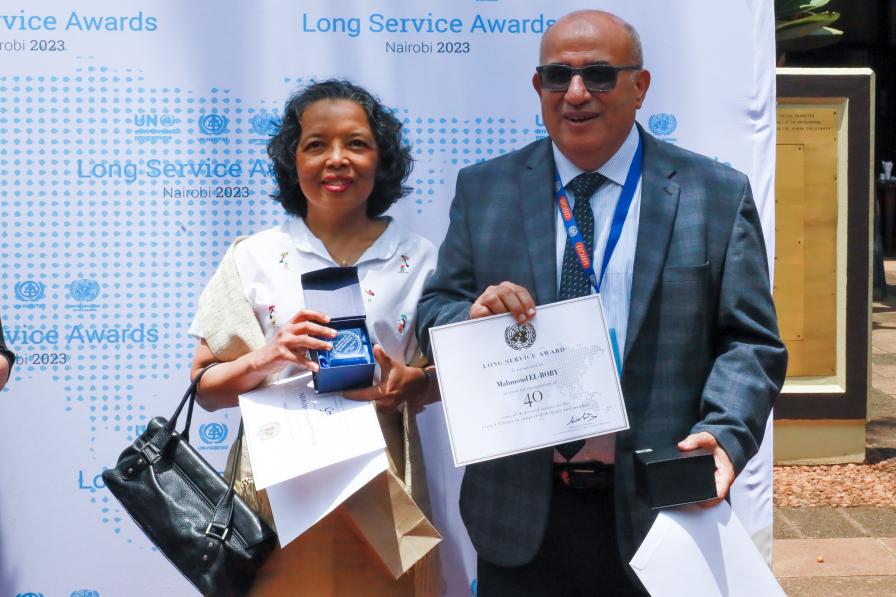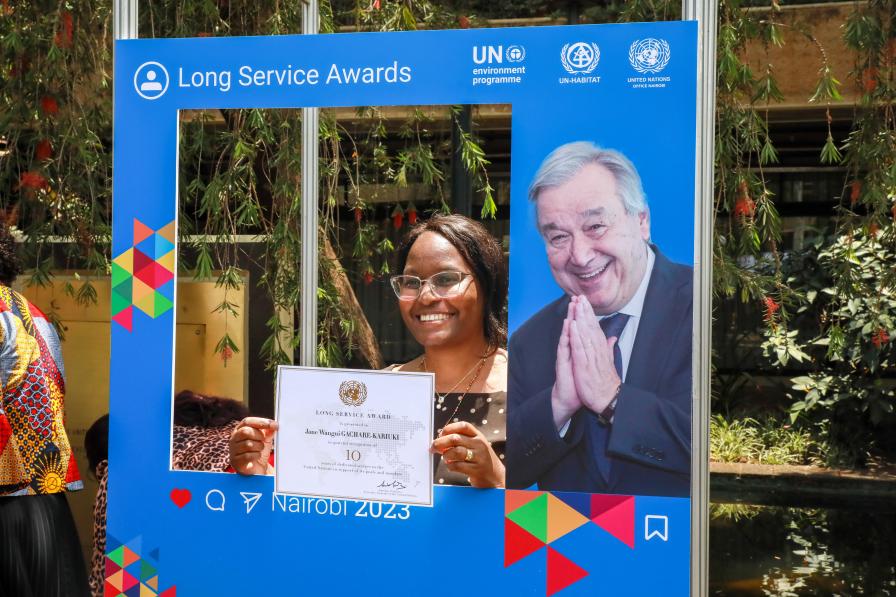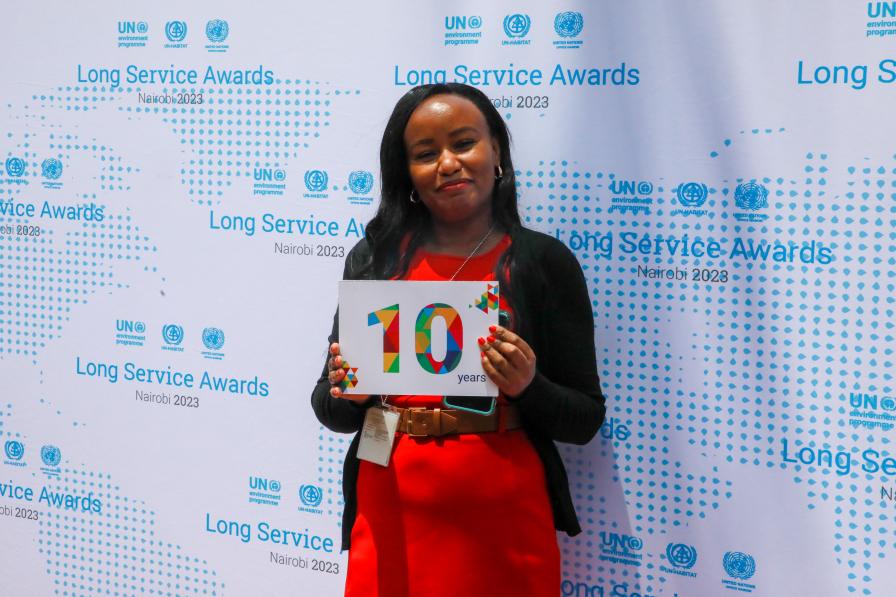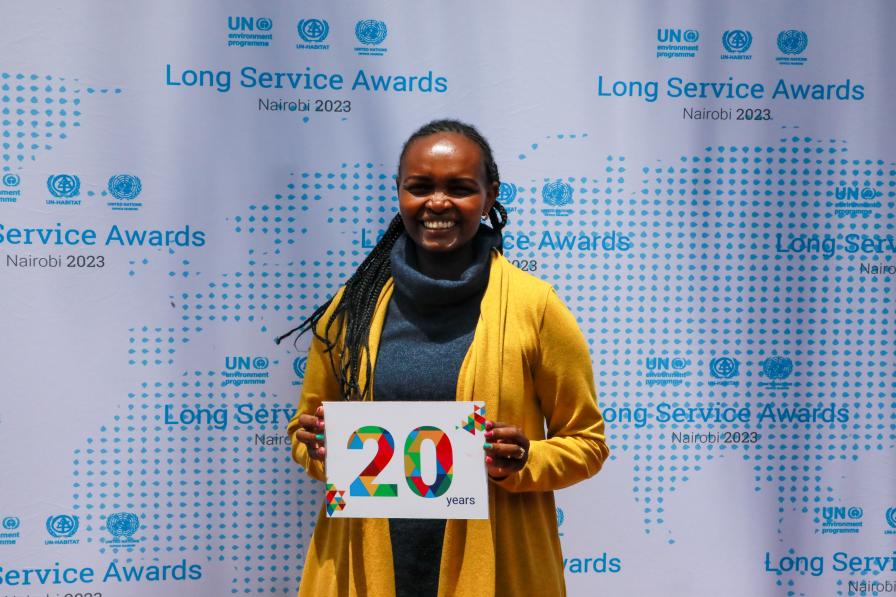The Montreal Protocol has been defined as the most successful multilateral environmental agreement in the world because it has been effective in providing practical solutions to addressing the hole in the ozone layer and related challenges. The Protocol has been able to do this in large part due to the trust countries have placed in the process and in the rules that govern country actions. Chief among these rules is the classification of states as Article 5 parties (comprising developing countries) and non-Article 5 parties (comprising developed countries), rules that regulate the staggered implementation of the Protocol.
Want to dig deeper into today's talks? Read the full Earth Negotiations Bulletin daily report.
Since these classifications were agreed in the early days of the Protocol, countries’ fortunes have changed. In this regard, on a number of occasions, parties to the Protocol have self-nominated to be reclassified, usually moving from Article 5 status to non-Article 5 status. There has, however, never been an instance of a country nominating another for reclassification, which some recognize could be a slippery slope.
As delegates gathered on the first day of the preparatory segment of the thirty-fifth Meeting of the Parties (MOP 35), tensions around a US proposal to reclassify China from a developing country party to a developed country party were evident. After a protracted debate on whether to retain this item on the agenda, MOP 35 agreed to adopt the agenda with the item on the reclassification of developing countries in brackets, noting this issue is subject to pending informal consultations.
In her opening remarks, Megumi Seki, Executive Secretary, Ozone Secretariat, pointed to the heavy agenda and called on delegates to uphold the tradition of compromise to reach consensus in the spirit of the Protocol.
Delegates, co-chaired by Ralph Brieskorn (the Netherlands) and Vidémé Amèh Djossou (Togo), spent the day trying to address as many agenda items as possible. They commented on a supplementary report of the Technological and Economic Assessment Panel (TEAP) task force on the replenishment of the Multilateral Fund (MLF) for the 2024-2026 period. They agreed to establish a contact group to further consider the matter, co-chaired by Sergio Merino (Mexico) and Alain Wilmart (Belgium). They also discussed a TEAP report on strengthening institutional processes with respect to information on hydrofluorocarbons (HFC) 23 by-product emissions.
The MOP agreed to work informally to address:
- potential areas of focus for the 2026 quadrennial reports, including the issue of synchronization with reports on HFC alternatives, co-chaired by Cindy Newberg (US) and Leslie Smith (Grenada);
- very short-lived substances, co-chaired by Liana Ghahramanyan (Armenia) and Jana Mašíčková (Czech Republic);
- emissions of HFC-23, co-chaired by Shontelle Wellington (Barbados) and Heidi Stockhaus (Germany); and
- proposed adjustments to the Protocol occasioned by the COVID-19 pandemic, co-chaired Patrick McInerney (Australia) and Juan Jose Galaeno (Argentina).
They discussed a proposal on the geoengineering technique known as stratospheric aerosol injection, with delegates set to meet in informal consultations to reach agreement on outstanding concerns regarding the risks and uncertainties of the technique and the paucity of existing scientific information.
The MOP also opened discussions on a proposal related to destruction technologies tied to the Kigali Amendment, with delegates also agreeing to have informal discussions on this issue.
At the end of the day, they opened discussions on another fiery issue: dumping of inefficient equipment containing obsolete refrigerants. This matter, which has been on the agenda for a number of years, will be discussed in greater detail on Tuesday.
To receive free coverage of global environmental events delivered to your inbox, subscribe to the ENB Update newsletter.
All ENB photos are free to use with attribution. For the 35th Meeting of the Parties to the Montreal Protocol on Substances that Deplete the Ozone Layer (MOP35), please use: Photo by IISD/ENB | Mike Muzurakis.


